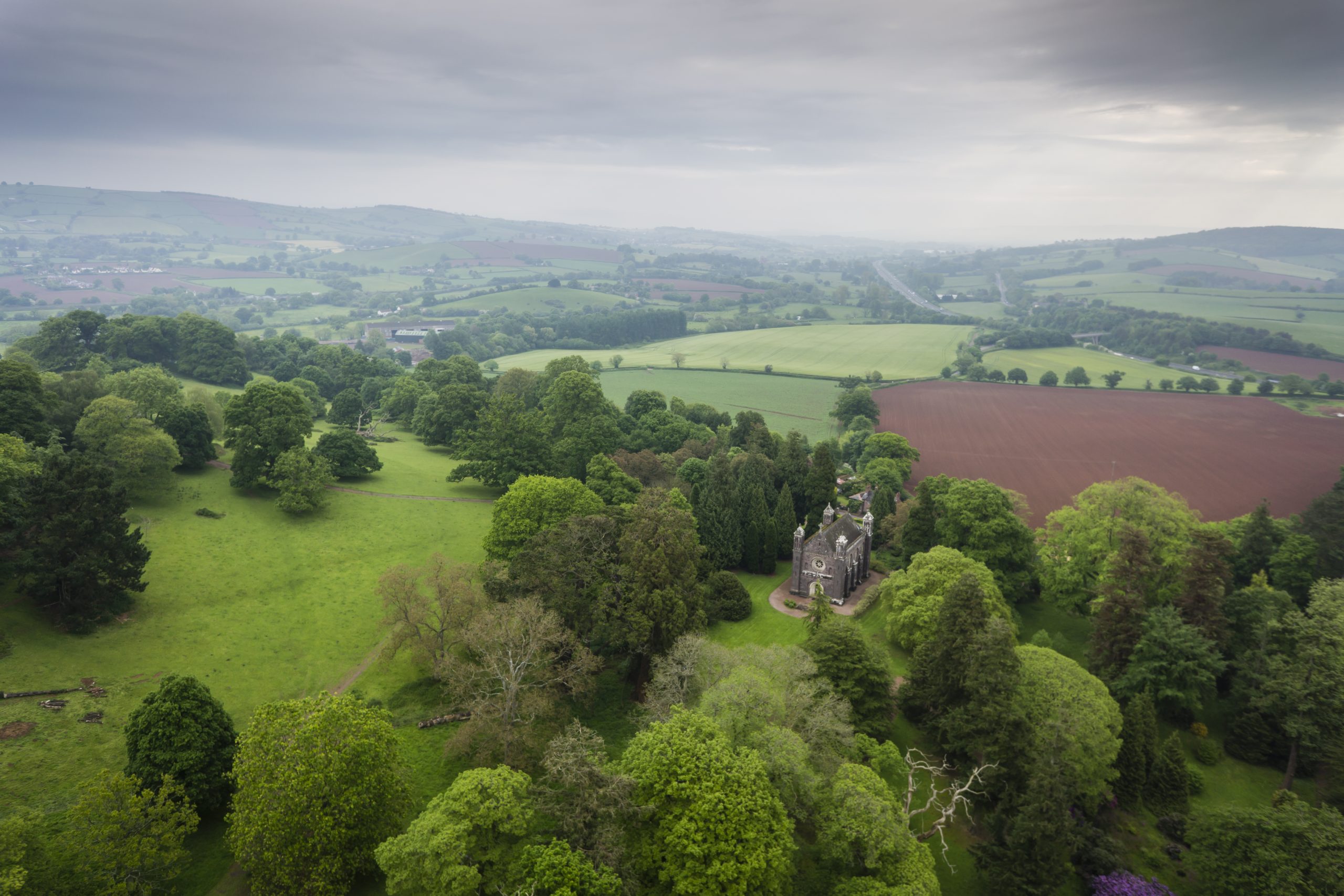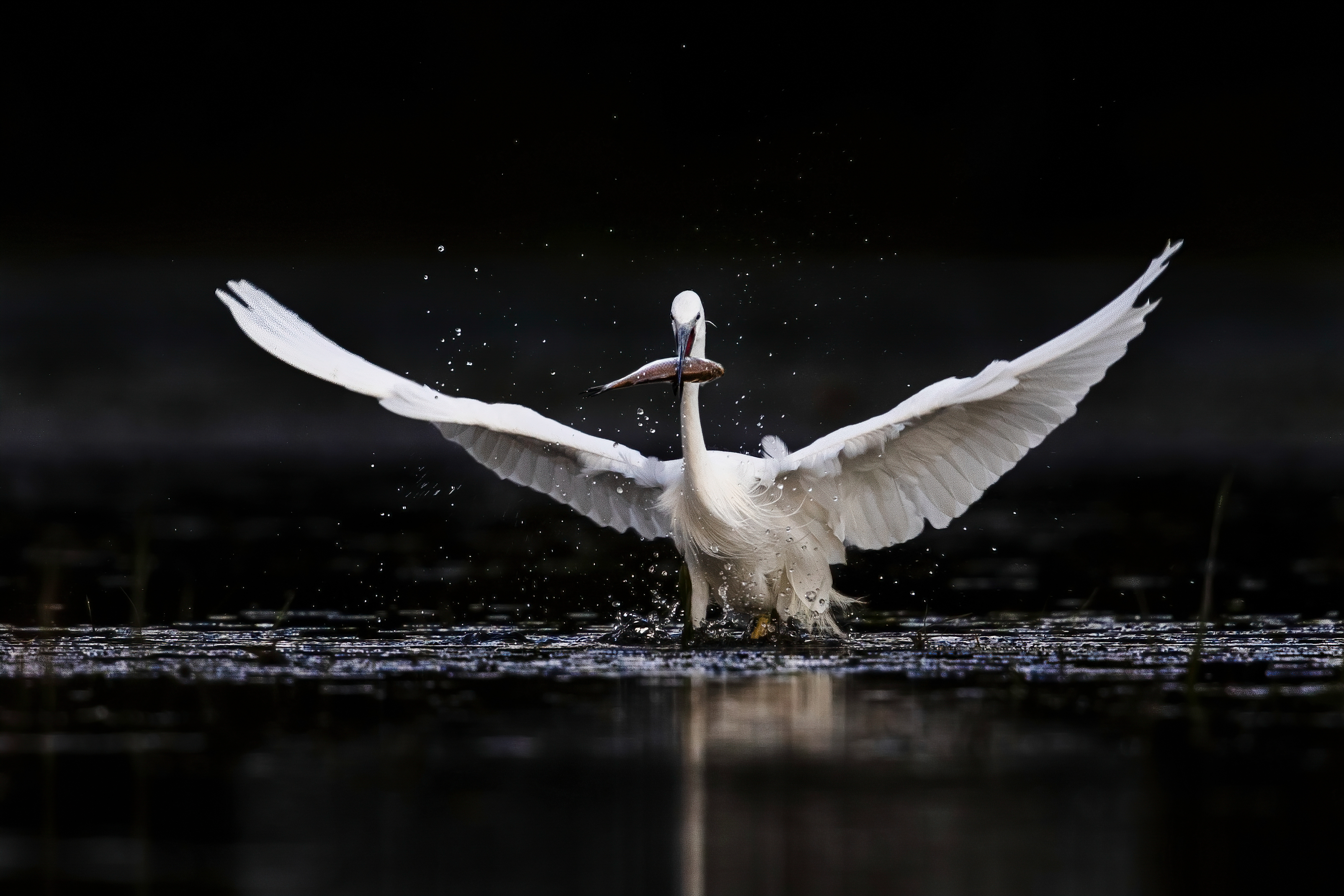The ancient watercolour that showed the way for the National Trust's transformation of the Killerton estate
Painted in the 19th-century by Sir Thomas Dyke Acland, the artwork has spurred the National Trust to recreate a wildlife-rich environment that can withstand climate change.


The National Trust has turned to a 19th-century watercolour of the Killerton estate in Devon to develop a landscape vision for the next 50 years.
Thought to have been painted by Sir Thomas Dyke Acland, whose descendants gifted Killerton to the Trust in 1944, the work, rediscovered during lockdown, shows thriving grounds thick with mature trees and hedgerows, broken up by scrubland nurturing Highland cattle. The charity now intends to recreate an environment that, albeit rather different, is as wildlife-rich as when Sir Thomas put brush to paper in 1860–80.
‘We want to ensure the estate now evolves to capture more carbon and to help the land, wildlife and livestock cope with more extreme weather events,’ says project manager Paul Hawkins.

‘Currently just under 10% of the Killerton Estate is priority habitat – and the combination of work we are doing to protect and enhance these areas together with changes in management should boost nature and hopefully demonstrate to others what can be achieved.
‘The estate as it is now may look green and beautiful, but the reality is that so much of the wildlife that was [there] when the picture was painted has been lost.’
In a bid to attract species such as otters, herons, kingfishers and orange-tip butterflies, as well as improve and diversify habitats, create Nature corridors, soak up carbon and shelter the estate from flooding and the effects of climate change, the charity will plant nearly 21⁄2 miles of hedgerows, restore existing ones, re-establish the flood plains for the river that runs through Killerton and create 44 acres of woodland and 99 of wood pasture. A parallel project will see the removal of invasive species to protect the property’s ancient trees.
In a further link to the estate’s history, the countryside apprentice the Trust has employed to help look after the land, Harry Whiting, is the great grandson of a former head gardener, Henry Thorne, who tended the grounds in the 1950s.
Sign up for the Country Life Newsletter
Exquisite houses, the beauty of Nature, and how to get the most from your life, straight to your inbox.

Credit: Getty Images
Egrets: The birds whose plumage was once more valuable than gold — and whose plight inspired the creation of the RSPB
More than 130 years ago, fears over the little egret’s fate helped to form the RSPB. Now, this exotic migrant
Carla must be the only Italian that finds the English weather more congenial than her native country’s sunshine. An antique herself, she became Country Life’s Arts & Antiques editor in 2023 having previously covered, as a freelance journalist, heritage, conservation, history and property stories, for which she won a couple of awards. Her musical taste has never evolved past Puccini and she spends most of her time immersed in any century before the 20th.
-
 Six rural properties with space, charm and endless views, as seen in Country Life
Six rural properties with space, charm and endless views, as seen in Country LifeWe take a look at some of the best houses to come to the market via Country Life in the past week.
By Toby Keel
-
 Exploring the countryside is essential for our wellbeing, but Right to Roam is going backwards
Exploring the countryside is essential for our wellbeing, but Right to Roam is going backwardsCampaigners in England often point to Scotland as an example of how brilliantly Right to Roam works, but it's not all it's cracked up to be, says Patrick Galbraith.
By Patrick Galbraith